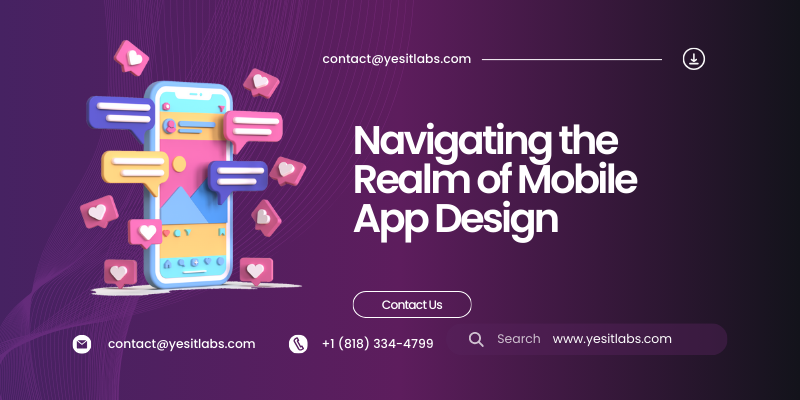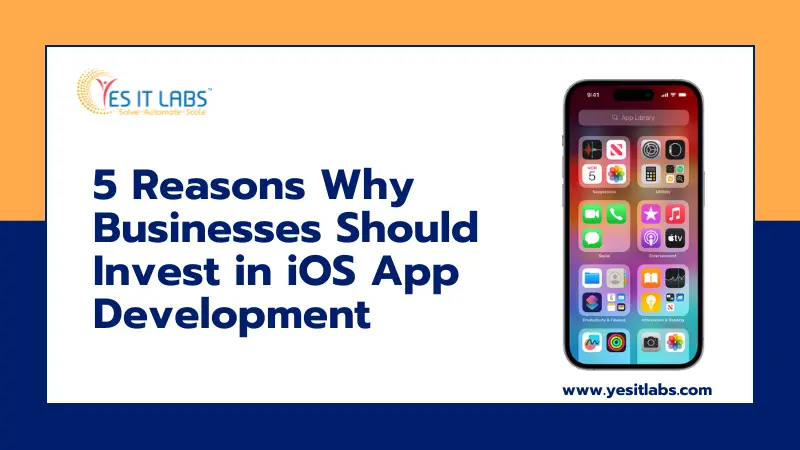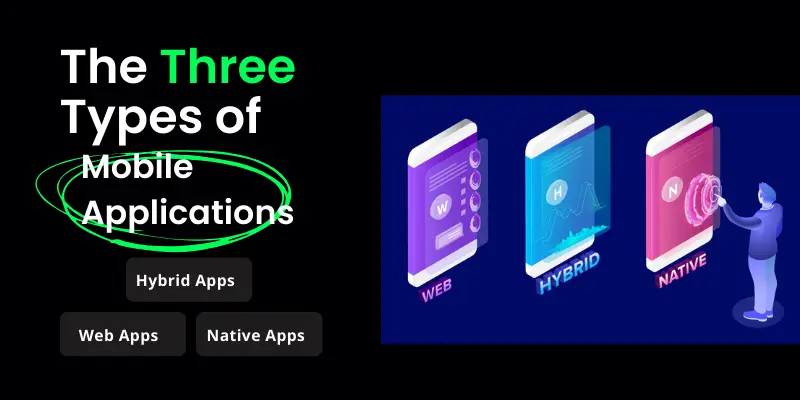

Navigating the Realm of Mobile App Design: Tips and Tricks
Hey there, tech enthusiasts! If you’re diving into the world of mobile app development, you’re in for an exciting ride. Crafting an app that resonates with users requires a blend of creativity, functionality, and user experience finesse. Whether you’re a seasoned developer or just dipping your toes into app design, here are some tips and tricks to help you navigate the ever-evolving landscape of mobile app development.
Understanding the Basics
Before we delve into the nitty-gritty details, let’s cover the basics. Mobile app development involves creating software applications specifically designed to run on mobile devices like smartphones and tablets. These apps can range from simple utilities to complex gaming experiences, and everything in between.
Tip 1: Know Your Audience
The key to designing a successful mobile app is understanding your target audience. Who are they? What are their needs, preferences, and pain points? Conduct thorough market research to gain insights into your users’ behavior and preferences. This will help you tailor your app to meet their specific needs and expectations.
Tip 2: Focus on User Experience (UX)
User experience is paramount in mobile app design. A seamless, intuitive interface can make or break your app’s success. Pay attention to factors such as navigation, accessibility, and visual appeal. Keep the user interface (UI) clutter-free and easy to navigate, ensuring a smooth and enjoyable experience for your users.
Tip 3: Optimize for Performance
In today’s fast-paced digital world, users have little patience for slow-loading or buggy apps. Optimize your app for performance by minimizing load times, optimizing graphics and animations, and conducting thorough testing across various devices and platforms. A well-performing app not only enhances user satisfaction but also boosts retention and engagement.
Tip 4: Prioritize Security
With cybersecurity threats on the rise, ensuring the security of your app is non-negotiable. Implement robust security measures to protect user data and sensitive information. Encrypt data transmissions, incorporate authentication mechanisms, and stay updated on the latest security best practices. Building trust with your users is essential for long-term success.
Tip 5: Embrace Responsive Design
With a myriad of devices and screen sizes in the market, embracing responsive design is crucial. Design your app to adapt seamlessly to different screen sizes and orientations, ensuring a consistent experience across devices. Responsive design not only enhances usability but also expands your app’s reach to a wider audience.
Tip 6: Leverage Analytics
Data is your best friend when it comes to optimizing your app for success. Integrate analytics tools into your app to track user engagement, behavior, and preferences. Analyze this data regularly to identify patterns, trends, and areas for improvement. By understanding how users interact with your app, you can make informed decisions to enhance its performance and usability.
Tip 7: Iterate and Iterate Again
The journey of mobile app development doesn’t end with the initial launch. Continuous iteration is key to staying ahead of the curve and meeting evolving user demands. Gather feedback from users, analyze performance metrics, and iterate on your app accordingly. Embrace a culture of constant improvement, refining features and functionalities to deliver the best possible user experience.
How do you design a mobile app?
Designing a mobile app is akin to crafting a masterpiece. It involves meticulous planning, creative thinking, and attention to detail. Here’s a simplified roadmap to get you started:
Step 1: Define Your Objectives
Before you dive into the design process, it’s crucial to have a clear understanding of your app’s purpose and target audience. Ask yourself: What problem does my app solve? What features are essential for user satisfaction? Understanding these key points will serve as a solid foundation for your design journey.
Step 2: Sketch Your Ideas
Grab a pen and paper (or a tablet if you prefer digital sketching) and let your creativity flow. Start by sketching rough wireframes of your app’s screens, focusing on layout and functionality. Don’t worry about perfection at this stage; the goal is to brainstorm ideas and explore different design possibilities.
Step 3: Create Mockups and Prototypes
Once you’re satisfied with your sketches, it’s time to bring them to life using design tools like Adobe XD, Sketch, or Figma. Create high-fidelity mockups that depict the visual aesthetics, color schemes, and branding elements of your app. Additionally, consider building interactive prototypes to simulate user interactions and test the usability of your design.
Step 4: Gather Feedback and Iterate
Share your mockups and prototypes with friends, colleagues, or potential users to gather feedback. Pay attention to their insights, suggestions, and pain points, and use this valuable input to refine your design further. Remember, iteration is key to creating a user-centric app that resonates with its audience.
Step 5: Finalize Design Assets
Once you’ve iterated on your design based on feedback, it’s time to polish the final assets. Ensure that your design is pixel-perfect, intuitive to navigate, and consistent across all screens. Pay close attention to typography, iconography, and visual hierarchy to enhance usability and aesthetics.
How much does mobile app design cost?
Ah, the million-dollar question! The cost of mobile app design can vary significantly depending on various factors such as complexity, features, platform (iOS, Android, or both), and the expertise of the design team. Here’s a rough breakdown of the typical cost ranges:
- Simple Apps: Basic apps with minimal features may cost anywhere from $5,000 to $10,000 for design.
- Mid-range Apps: Apps with moderate complexity and additional features might range from $10,000 to $50,000.
- Complex Apps: High-end apps with advanced functionalities, custom animations, and intricate designs can cost upwards of $50,000 or more.
Keep in mind that these are ballpark figures, and the actual cost may vary based on individual project requirements and design agency rates.
What are 4 design areas to build a successful mobile app?
Building a successful mobile app requires attention to various design areas, each playing a crucial role in the user experience. Here are four key design areas to focus on:
1. User Interface (UI) Design
UI design encompasses the visual elements of your app, including layout, color scheme, typography, and interactive components. Aim for a clean, intuitive interface that guides users seamlessly through your app’s features while reflecting your brand identity.
2. User Experience (UX) Design
UX design focuses on enhancing user satisfaction by improving the usability, accessibility, and overall delightfulness of your app. Conduct user research, create user personas, and prioritize user flows to design a seamless and intuitive user experience.
3. Interaction Design
Interaction design involves defining how users interact with your app’s interface and how the interface responds to user actions. Pay attention to micro-interactions, animations, and feedback mechanisms to create a delightful and engaging user experience.
4. Accessibility and Inclusivity
Ensure that your app is accessible to users of all abilities by following accessibility best practices. Consider factors such as screen reader compatibility, color contrast, and resizable text to make your app inclusive and user-friendly for everyone.
By focusing on these four design areas, you can build a mobile app that not only looks great but also provides a seamless and enjoyable experience for your users.
What is UX design in a mobile app?
Ah, UX design—the secret sauce behind every successful mobile app. UX, short for user experience, refers to the overall experience that users have while interacting with your app. It encompasses everything from the initial impression to the ease of navigation and the fulfillment of user goals. In simpler terms, UX design is all about making sure your app is a joy to use.
Here are some key principles of UX design in mobile apps:
- User-Centricity: Put your users at the center of the design process. Understand their needs, preferences, and pain points to create an app that addresses their requirements effectively.
- Simplicity: Keep your app simple and intuitive. Minimize complexity, streamline navigation, and eliminate unnecessary steps to make it easy for users to accomplish tasks.
- Consistency: Maintain consistency in design elements, interaction patterns, and terminology throughout your app. Consistency breeds familiarity and helps users feel more comfortable and confident while using your app.
- Feedback and Iteration: Solicit feedback from users early and often, and use it to continuously improve your app. Embrace a culture of iteration, where each version of your app is better than the last.
Conclusion
Mobile app design is a dynamic and ever-evolving field, but armed with the right knowledge and tools, you can navigate its complexities with confidence. By focusing on user experience, performance, security, and continuous improvement, you can create mobile apps that delight users and drive business success. So, roll up your sleeves, unleash your creativity, and get ready to conquer the realm of mobile app design!
Remember, mobile app development is not just about coding; it’s about creating experiences that captivate and inspire. So, go ahead, dream big, and build something extraordinary!
Tags: best mobile app development company usa, Mobile App Design, mobile app development, mobile app development company, mobile app development company in usa, Mobile App Development Trends, mobile application development















